At Oaklands Junior School, we have been using the Thinking Maps for a number of years.
On this page are examples of the maps in use in a range of subjects throughout the school.
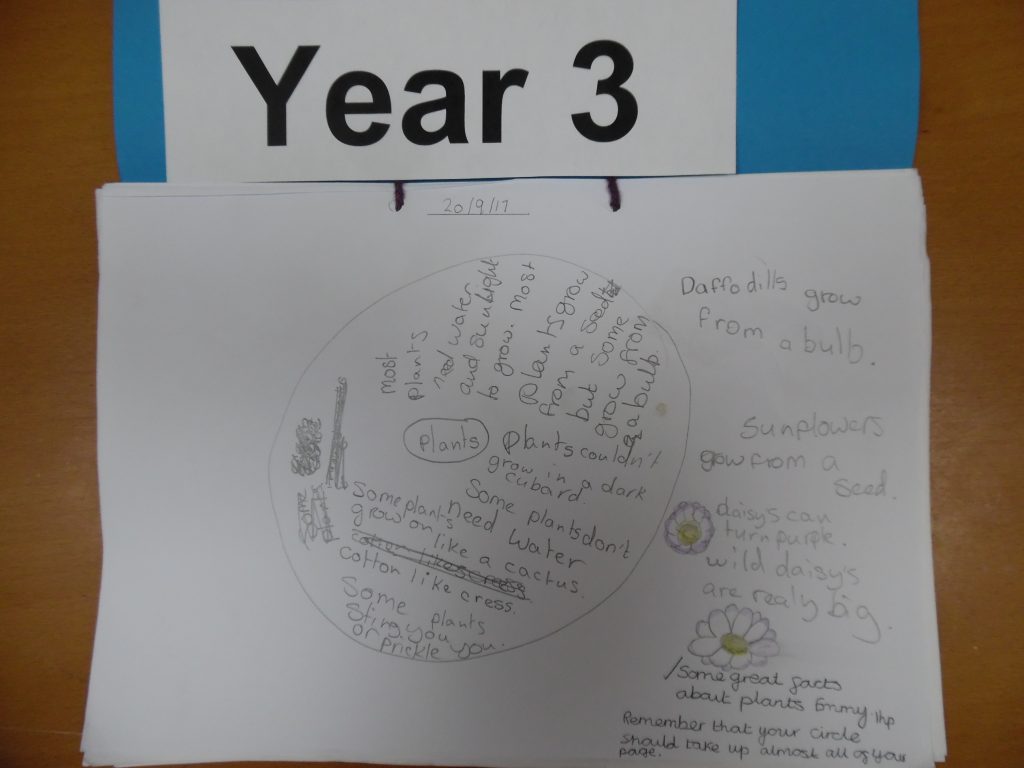
CIRCLE MAP – An initial gathering of thoughts and ideas, which can include the source of specific knowledge.

DOUBLE BUBBLE MAP – Used to compare and contrast.
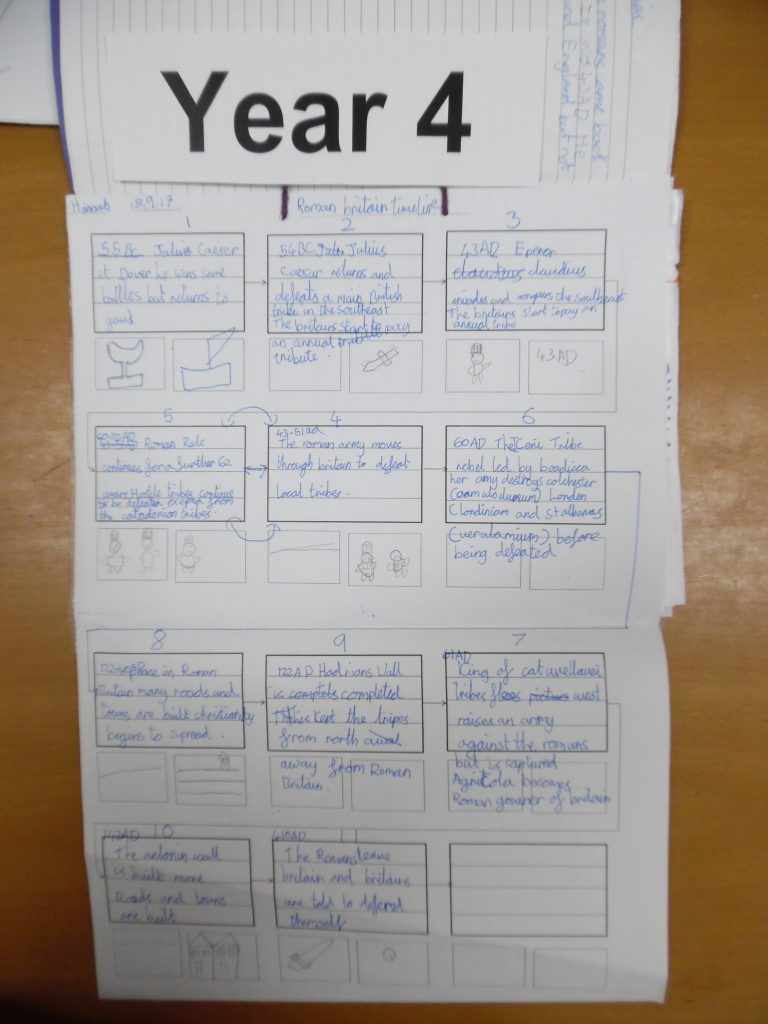
FLOW MAP – In this case, used to show the sequence of major events in Roman Britain.
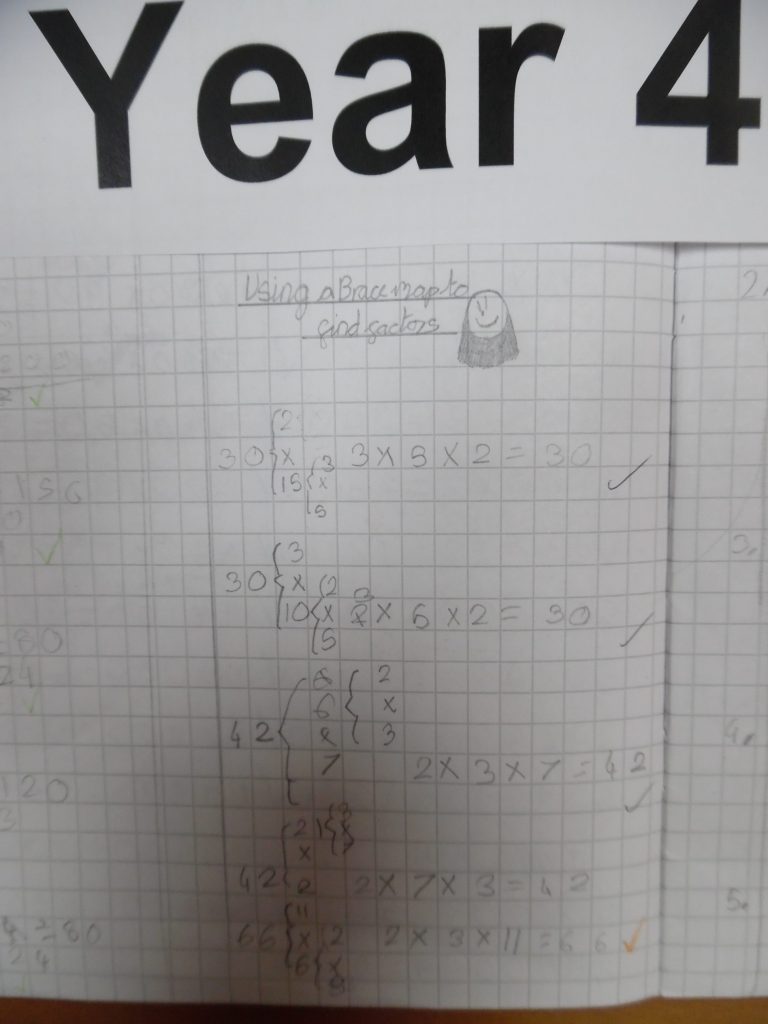
BRACE MAP – An example of its use in maths to aid in finding factors of numbers.
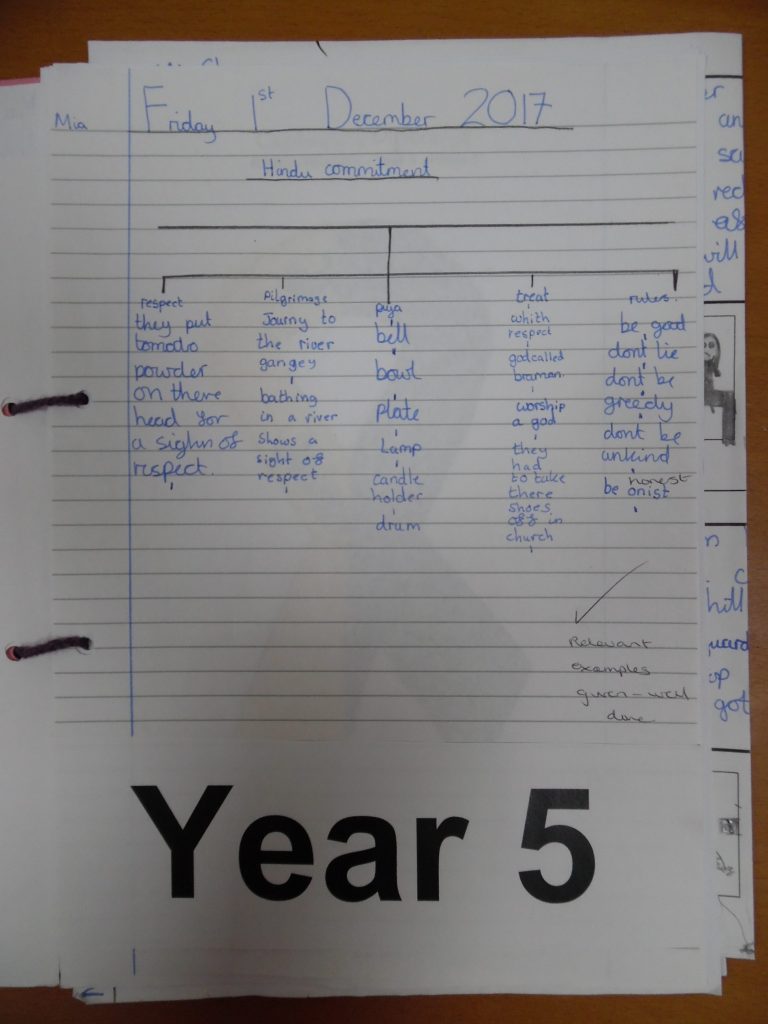
TREE MAP – Classifying ways in which Hindus show commitment.
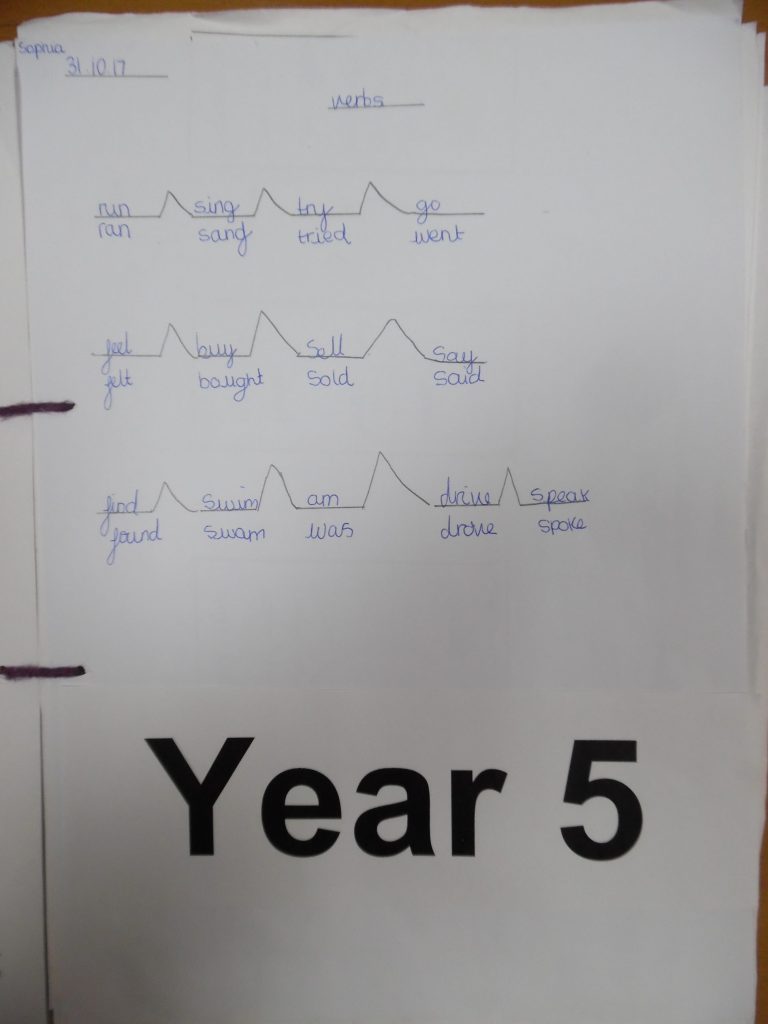
BRIDGE MAP – An adaptation of the bridge map used to analyse patterns in present and past tense verb forms.
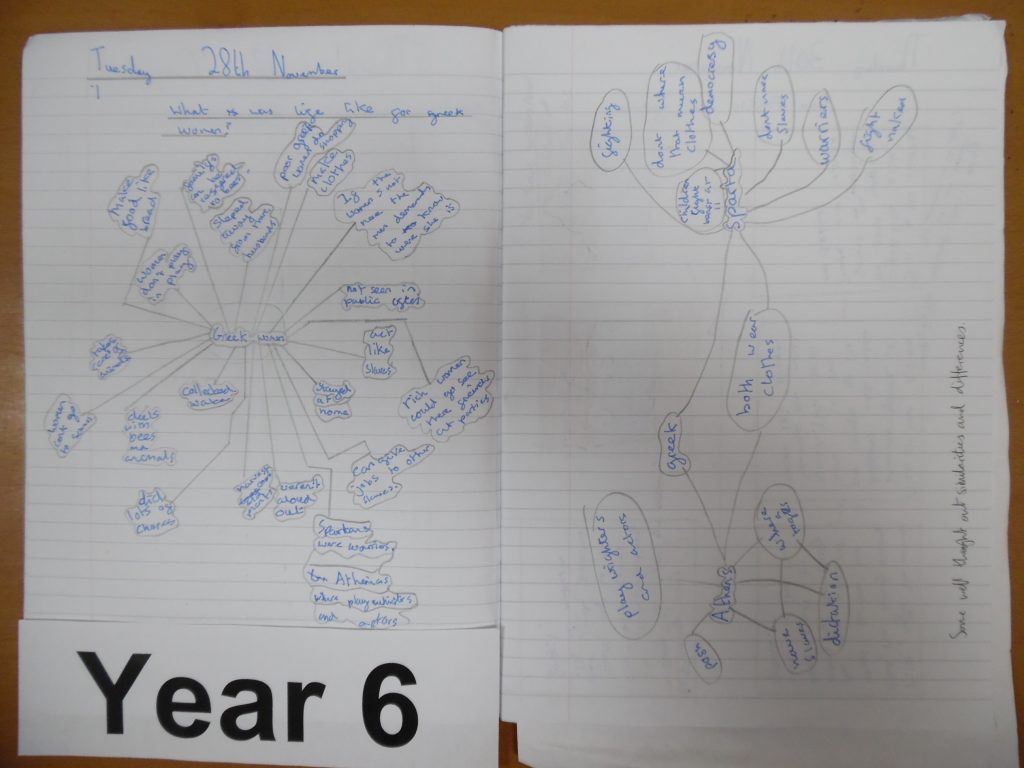
BUBBLE MAP and DOUBLE BUBBLE MAP – Examples from the study of Ancient Greece. These show how the two maps combine to develop knowledge and deepen understanding through comparison.
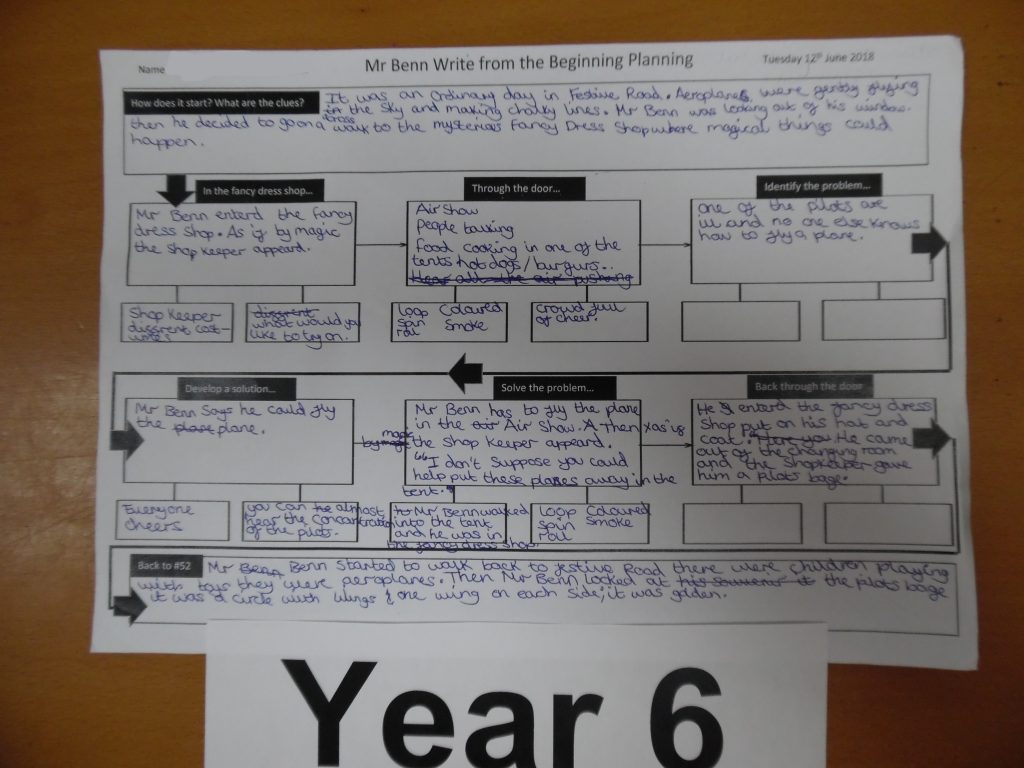 WRITE FROM THE BEGINNING – An extension of the Flow Map, this tool supports us when planning writing.
WRITE FROM THE BEGINNING – An extension of the Flow Map, this tool supports us when planning writing.
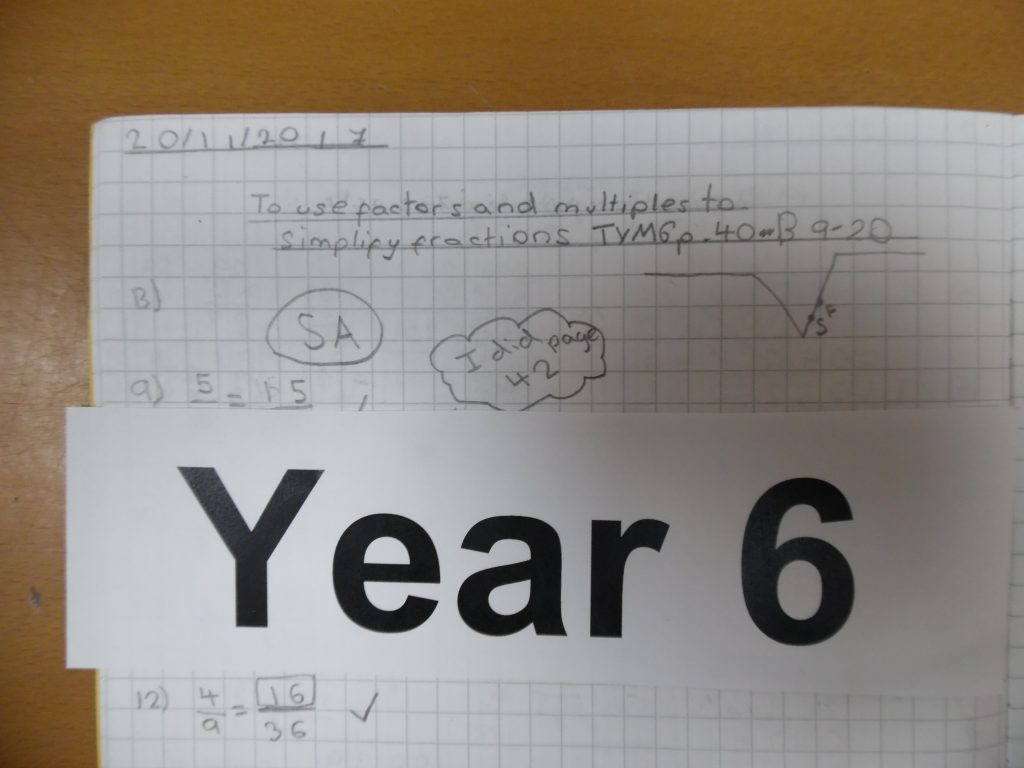
THE LEARNING LINE – A tool introduced in Year 3, the learning line is used to communicate children’s confidence and understanding of concepts. The dialogue revolves around ‘the pit’ and ways to climb out of it.
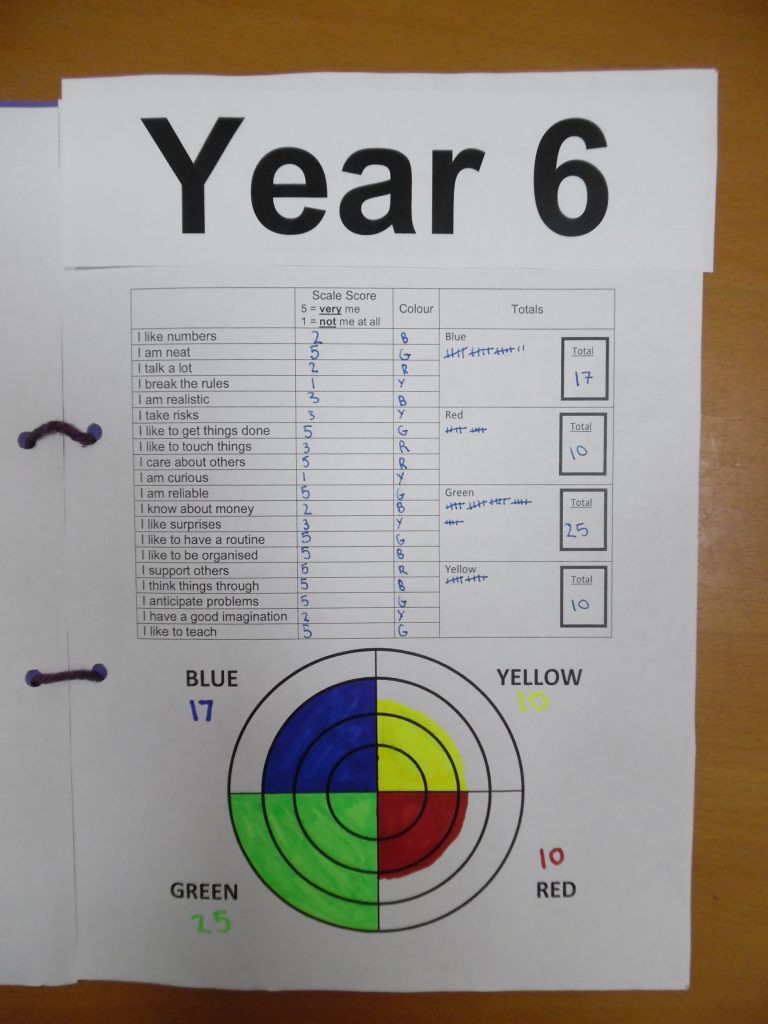
HERMANN’S BRAIN MODEL – Introduced in year 6, the model allows children to develop their understanding of themselves as a learner. They are therefore better equipped to cope with the stages of learning that they need to go through and to identify areas they may need support.
 WRITE FROM THE BEGINNING – An extension of the Flow Map, this tool supports us when planning writing.
WRITE FROM THE BEGINNING – An extension of the Flow Map, this tool supports us when planning writing.







